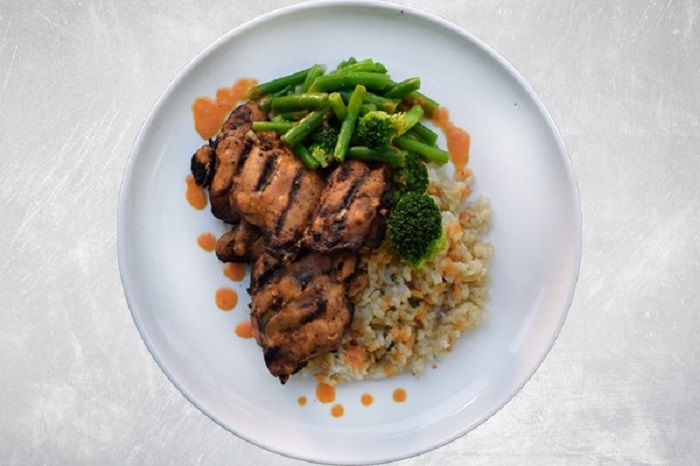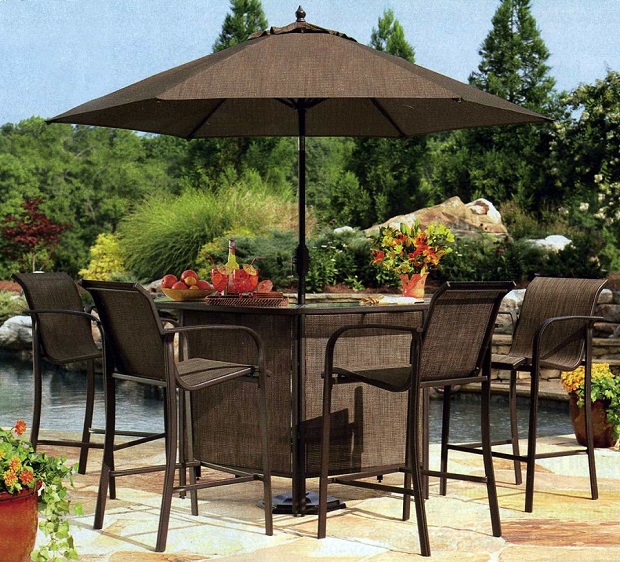Tips for Making Safe and Stylish Choices in Your Piercing Adventure
Do you love the piercings some friends have? Are you thinking about getting a few yourself? Before you do, what do you know about this ‘rebellious’ body art? Body piercing has been a form of self-expression and cultural tradition for centuries, with its popularity continually growing in recent decades. While piercing can be a unique and attractive way to adorn the body, it is essential to understand the importance of safety, proper aftercare, and potential risks associated with this practice.
What Is the Best Jewellery for Body Piercing?

Once you start looking around, you will discover that there are more types of jewellery materials than you thought. While some of them are perfectly safe, others can cause allergic reactions and infections. It’s important to choose materials that are safe for your body and minimize the risk of complications. Let’s take a look at some of the safest materials commonly used in body piercing jewellery.
Surgical Stainless Steel
This is one of the most popular materials for body piercing jewellery due to its durability and resistance to corrosion. Its hypoallergenic features make it a safe choice even for people with sensitive skin. Look for jewellery that is specifically labelled as “316L” (low carbon) or “316LVM” (vacuum produced) for implant-grade stainless steel.
Titanium
Titanium is lightweight, hypoallergenic, and resistant to corrosion, making it an excellent choice when you buy body piercing jewellery. It handles moisture extremely well and is suitable for long-term wear. Titanium is often used for surgical implants because it’s biocompatible. It comes in various colours and styles.
Niobium
Niobium is another hypoallergenic material that’s often used for body jewellery. It’s available in a range of colours and is suitable for those with sensitive skin. Its extraordinary structural integrity and shine make it a perfect fit for your next piercing.
Other Types of Materials
Gold, Platinum, Silver: These high-value materials can be a safe option as long as they have pure and high-quality compositions. Solid 14K and 18K gold is suitable for piercing, but steer away from gold-plated metals. Platinum is inert and hypoallergenic, but rather pricey, whereas silver should be approached with caution. Although pure silver is considered safe, it can be very soft and prone to chipping.
Bioplast/Bioflex: These are flexible, biocompatible materials that are suitable for initial and sensitive piercings. They are hypoallergenic and can be cut to size.
Glass: Borosilicate glass is a safe and attractive material for body jewellery. It’s non-porous, smooth, and can be transparent or coloured.
Natural Materials: Organic materials like wood, bone, and horn are safe for some piercings. However, they require special care and may not be suitable for initial piercings.
High-Quality Plastics: Some high-quality plastics, such as PTFE or Tygon, are suitable for initial piercings and can be customized to fit various piercings.
Current Trends in Body Piercing Jewellery

• Minimalist: Simple, dainty jewellery designs are trending. This includes tiny studs, hoops, and barbells with understated but elegant designs.
• Threadless: Threadless or push-fit jewellery is becoming more popular due to its easy installation and versatility. It’s available in various designs and materials.
• Gemstones and Crystals: Piercing jewellery adorned with gemstones, crystals, and birthstones in various colours is in demand, adding a touch of sparkle and personalization.
• Mixed Metals: Combining different metal colours, such as rose gold and silver, in a single piece of jewellery is a trendy way to create a unique look.
• Ear Stacking: Multiple ear piercings are popular, allowing for creative combinations of studs, hoops, and cuffs. This trend encourages a mix-and-match approach.
• Ear Climbers and Crawlers: These specialized earrings are designed to follow the curve of your ear, creating an interesting and stylish look.
• Industrial Barbells: Industrial piercings, which typically involve a barbell passing through two cartilage piercings, are trendy. Unique and ornate barbell designs are gaining popularity.
• Constellation Piercings: Piercings placed in a pattern that resembles a constellation or a specific shape are trendy for those looking for a more artistic approach to body piercing.
How Can You Get Body Piercing Safely?
Choose a Professional Piercer
One of the most critical safety measures when getting a body piercing is to choose a reputable and professional piercer. Research their qualifications, experience, and hygiene practices before making a decision. Ensure that the piercer uses sterile needles and equipment, follows industry standards, and maintains a clean and sanitary environment.
Sterilization
Sterilization is paramount in preventing infections. All needles, jewellery, and tools used in the piercing process must be properly sterilized to eliminate bacteria and viruses. Confirm that your piercer uses autoclave equipment, a standard method for sterilization.
Health Check
Before getting a piercing, undergo a health check and disclose any underlying medical conditions or allergies to your piercer. Certain medical conditions or medications may affect the healing process, and your piercer needs to be aware of these factors.
Aftercare Routine

Proper care and cleaning are crucial to prevent infections and complications. Always consult with a professional piercer for advice on suitable jewellery materials and styles for your specific piercing.
1. Proper cleaning is crucial to prevent infections. Gently clean the piercing with a saline solution or an antibacterial, alcohol-free solution recommended by your piercer. Avoid using hydrogen peroxide or rubbing alcohol, as they can be too harsh and delay the healing process.
2. Resist the temptation to touch or twist your piercing, as this can introduce bacteria and irritate the area. Only touch the piercing when necessary, and always make sure your hands are clean.
3. Stay away from swimming pools, hot tubs, and natural bodies of water during the initial healing period, as they can introduce bacteria and chemicals that may cause complications.
4. Opt for loose-fitting, breathable clothing to avoid friction and irritation around the piercing. Avoid wearing tight or restrictive clothing that may rub against the piercing site.
5. If you have an oral piercing, maintain good oral hygiene by rinsing your mouth with a saline solution or an alcohol-free mouthwash after eating, drinking, or smoking. Avoid alcohol-based mouthwashes, as they can be too harsh.
Potential Risks
Infections are one of the most common risks associated with body piercing. Symptoms include redness, swelling, pain, and discharge. If you notice an infection, look for medical attention. Some individuals may be allergic to certain metals used in jewellery, leading to allergic reactions like itching, redness, or swelling. Choosing hypoallergenic materials can minimize this risk. Certain people may be prone to keloid formation, where the skin overproduces collagen during the healing process, resulting in raised, thick scars.
In rare cases, piercing can lead to nerve damage, causing numbness or loss of sensation in the area. This is more common with specific piercings like dermal or surface piercings. Sometimes, the body may reject the jewellery, leading to migration or rejection of the piercing. This results in the jewellery moving or being pushed out of the skin. If you notice these signs, consult your piercer for advice.
Final Thoughts
Body piercing can be a fascinating form of self-expression and art, but it should always be approached with caution. Prioritize safety by selecting a professional piercer and using high-quality jewellery. Aftercare is equally important to prevent complications and promote healing. With proper care and awareness, you can enjoy your body piercings safely and confidently.






